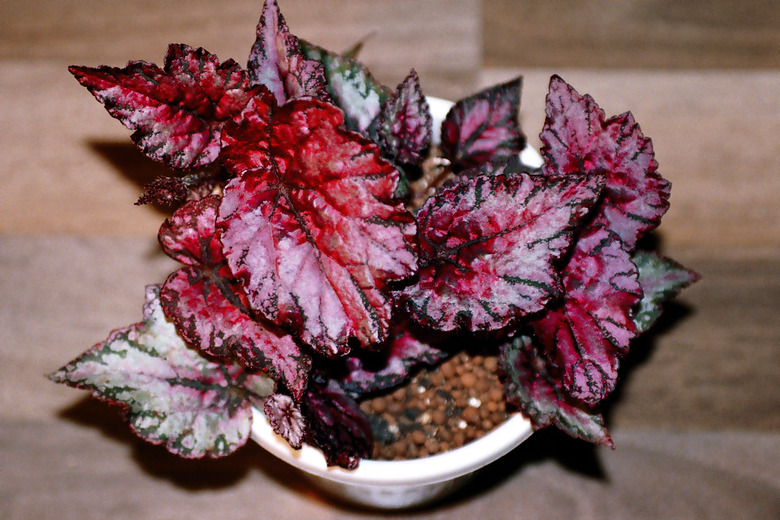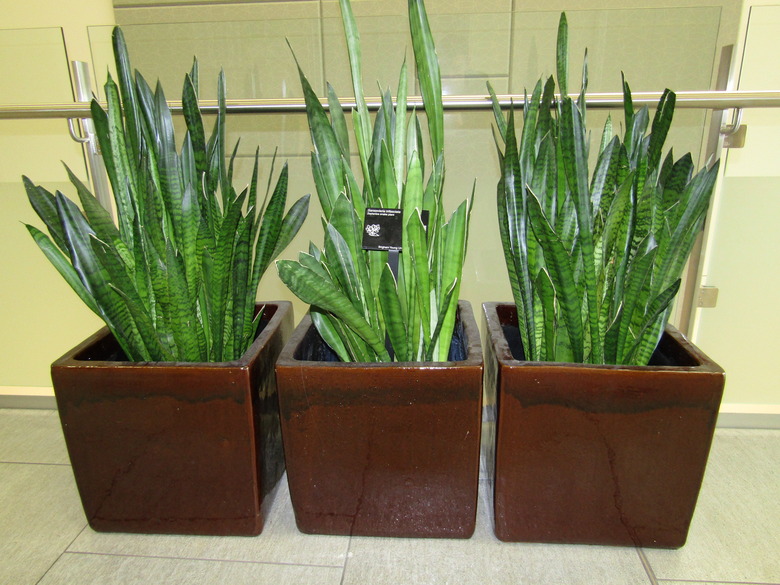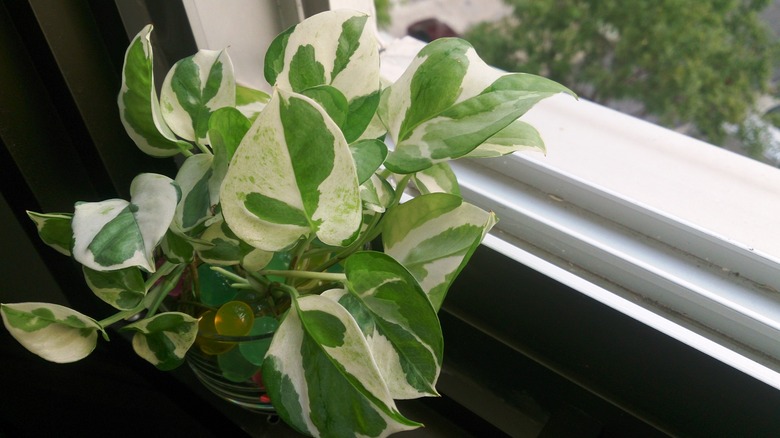How To Help My Exotic Angel Plants Grow
If you love houseplants, you may have several varieties marked Exotic Angel®, a brand of tropical plants that includes more than 400 different varieties. Because there are so many plant varieties, it would be tough to define specific care instructions, but most tropical houseplants share similar care requirements.
About Exotic Angel Plants
These plants were first developed and trademarked by Hermann Engelmann Greenhouses, Inc., but Costa Farms purchased the company and now produces indoor plants sold under the Exotic Angel brand name. These are mostly tropical foliage plants.
Some popular varieties include:
- Rex begonia (Begonia rex), a compact plant with colorful, variegated foliage.
- Snake plant (Dracaena trifasciata), with gray, silver or gold sword-shaped leaves. This plant used to be classified as a Sansevieria.
- Peace lily (Spathiphyllum spp.), with dark green leaves and white, calla-like flowers.
- Chinese evergreen (Aglaonema spp.), a tough, easy-to-grow plant that is slow-growing.
- Pothos (Epipremnum aureum), with dark green leaves marbled with yellow, cream or white.
- ZZ plant (Zamioculcas zamiifolia), with shiny, dark leaves with a waxy finish.
Exotic Angel Plant Care
Because Exotic Angel plants are all tropical plants, their care shares some similar aspects, even though there are many varieties.
Be sure to purchase healthy plants from the nursery, so you aren't taking home problems. Before you bring your plant indoors to enjoy it, put it in a pot with drainage holes to avoid root rot. Use a cactus-type soil mix for most types of tropical houseplants.
For drought-tolerant plants, adding some perlite or bark chips can also help these plants drain better. If you have water-loving plants, such as ferns, add additional peat.
Available Light
Most tropical plants appreciate bright, indirect sun. They should be placed next to a sunny window in a location where the sun doesn't shine directly on them. An east-facing window is usually ideal. However, if your desired location is a south-facing or west-facing window, try that location, but don't put the plant directly in front of the window to prevent it from getting too much sun.
Low light is also undesirable unless specifically designated for your plant's variety, so in most cases, don't put your plant in a dark corner.
If you don't know the plant's variety, start with indirect light and move the plant to a location with less light if its colors begin to fade.
Tip
If you lost your plant tag and don't know the kind of plant you have, Costa Farms recommends taking a photo and sending it to them via email at information@costafarms.com so they can identify it for you.
Temperature
Houseplants hate a change in temperature. The recommended range for tropical houseplants is from 60°F to no more than 70°F.
Humidity is also important for tropicals. Aim for a humidity level of about 40 to 50 percent. To achieve this, you may need a humidifier in the room.
Warning
If your plant is looking a little under the weather and you have just brought it home or just moved it to a new location, give it a few days to acclimate before moving it elsewhere. It may simply be adjusting to its new home.
Watering
Maintain even moisture and, above all, avoid overwatering. The way to tell when to water is to press your finger into the top few inches of soil and see if it is dry. If so, it's time for water.
If you have a drought-tolerant plant, such as a pothos, succulent or dracaena, wait until the top half inch of the soil is dry before watering.
Fertilizing
Some plants need little fertilizer, but observe your Exotic Angel plants to see signs of missing nutrients. For instance, if the leaves begin to yellow, they may be deficient in nitrogen and other nutrients.
Warning
Always fertilize after watering.
Once monthly, most plants can benefit from a water-soluble application of a balanced fertilizer containing nitrogen, phosphorus and potassium.


